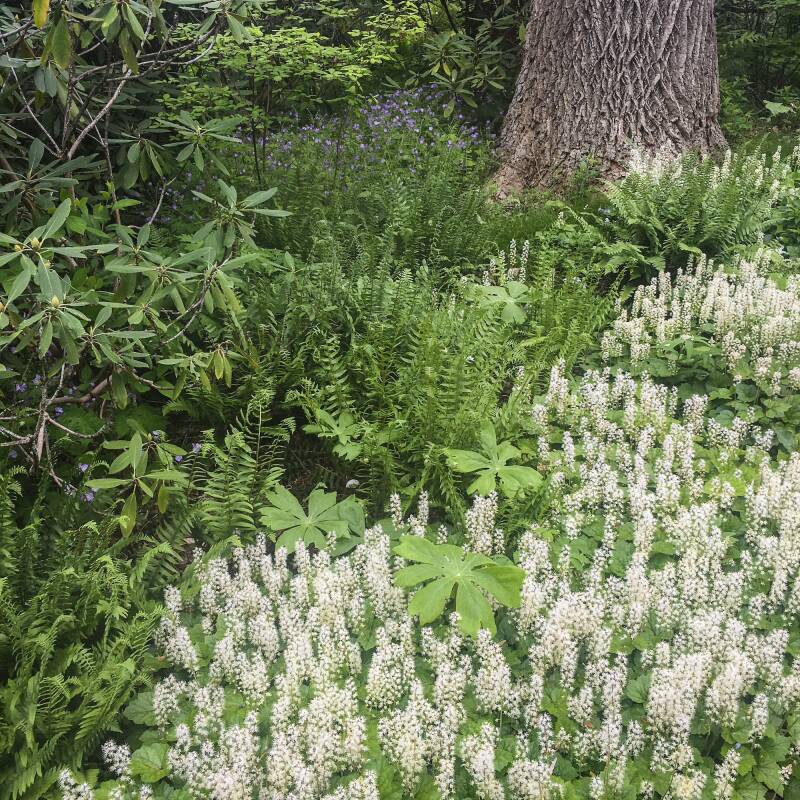After I order my wish list of seeds, the fun begins: coaxing them to grow. Every year, I set up a makeshift “seed lab” in a corner of my New York City apartment. I clip a grow light to a bookshelf, pack a large bin with rows of CowPots filled with seed starting mix, and pop in the seeds (tomatoes, beans, peppers, etc). I keep them watered and I wait—not always so patiently—for the green sprouts to poke through the soil. It’s certainly not a romantic greenhouse, but it gets the job done.
One of the keys to success is the CowPots. I’ve been using these ingenious seed starting vessels for years. Unlike peat (a threatened, non-renewable resource) and plastic (usually unrecyclable and a material I’m doing my best to avoid), CowPots are made from composted cow manure—a very renewable resource. Plus, they’re produced in a zero-waste factory powered by solar panels and biogas. After the danger of frost has gone, I plant the odor-free pots directly into the ground, where the pots will decompose in a few months. No need to disturb the roots or worry about transplant shock. Now, I just need to wait for spring.
Photography courtesy of CowPots.





For more on sustainable gardening, see:
- Peat-Free Potting Soil: Here’s How to Find It
- 10 Native Alternatives to Invasive Plants
- Landscaping Ideas: 16 Simple Solutions for Sustainability












Have a Question or Comment About This Post?
Join the conversation (1)